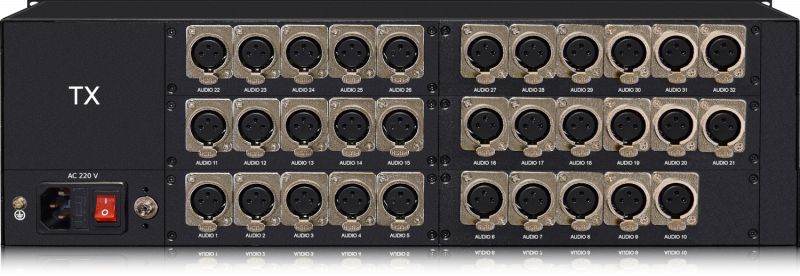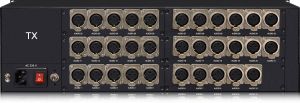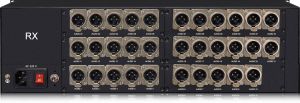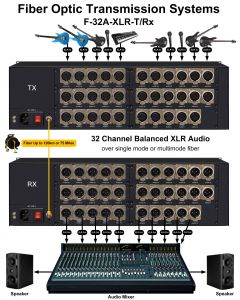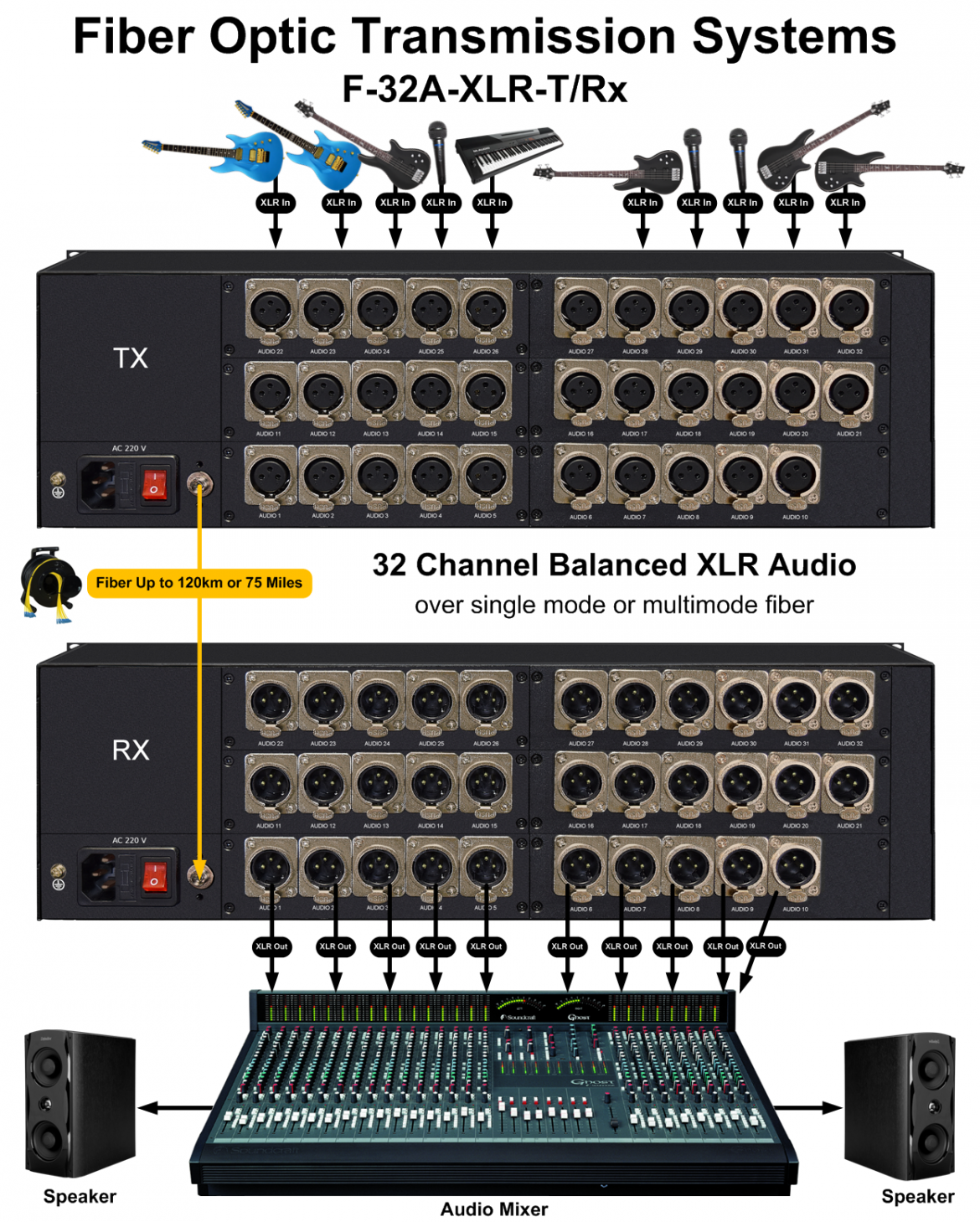Answer: Well first thing is we sell those as sets, so the price you see on the webpage is for 2 units; the TxRx in the model number is transmitter/receiver.
However since this is the 2 Channel Bidirectional model you get the Tx/Rx but they are matched with each other because they send / receive on 1310 /1550.
So if you have a 2 channel kit that is unidirectional it wouldn't match the mux that is in the bidirectional model.
Let's say you had 3 pieces, one in a rack, and 2 others in the field that are labeled opposite the Rack Model, lets call them A and B; you'd have an A in the Rack and two B's in the field, you could swap the fiber at the A with either of the two B's in the field and it will work.
The thing you need to keep in line is that the A will transmit on 1310 and receive on 1550; so the B has to send on 1550 and receive on 1310.
I hope that makes sense. I can clarify further. But the direction of the muxes is very important, if you have two A models connected, it simply wouldn't work as there would be a collision of data cause you're trying to send and receive on 1310.
This is also why they are sold in sets, to eliminate that chance of happening. Also why they are labeled as Tx or Rx.
If you look at the picture closely:
Notice on the Tx up top the XLR is female, on the bottom the Rx is Male (ports on the left side; while the right side is opposite)
Hence we know there is a Tx and Rx and the connectors are inverse to each other.

 EN
EN


